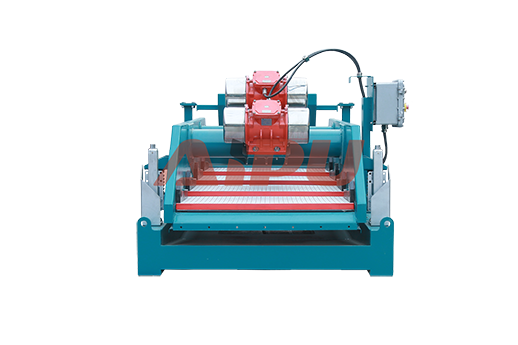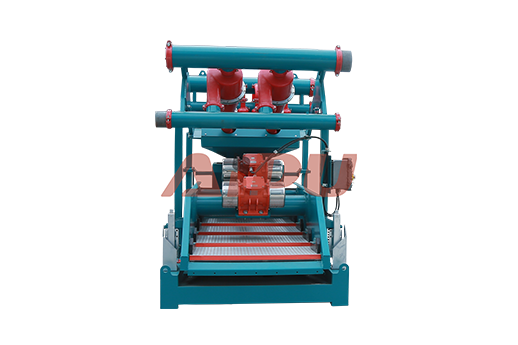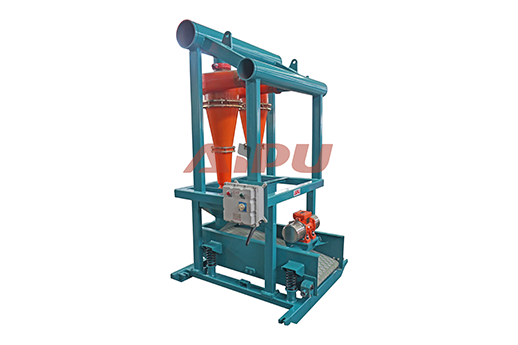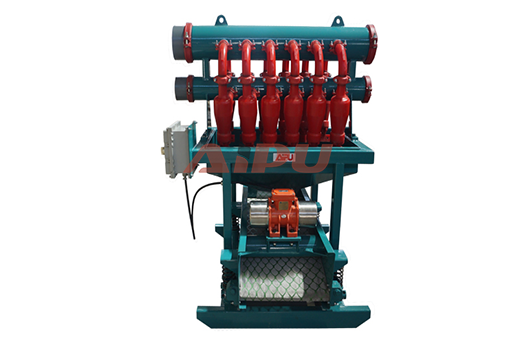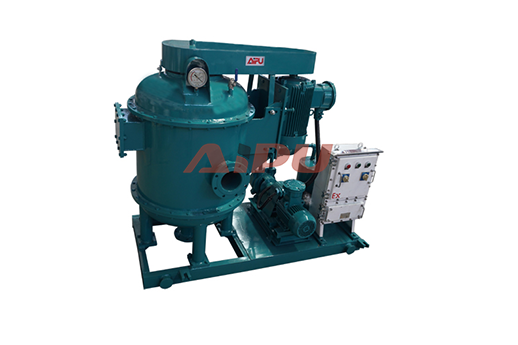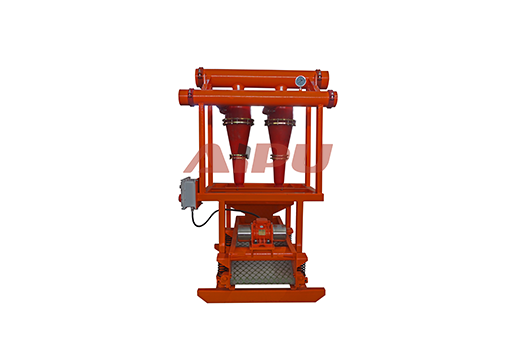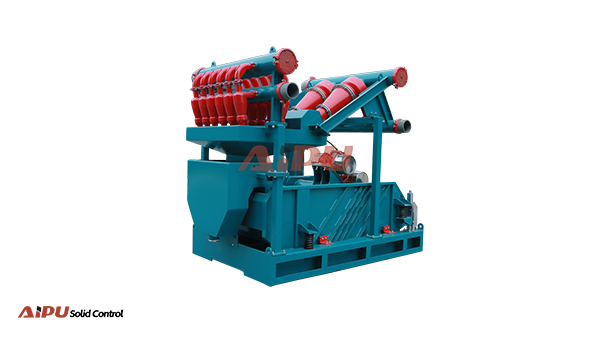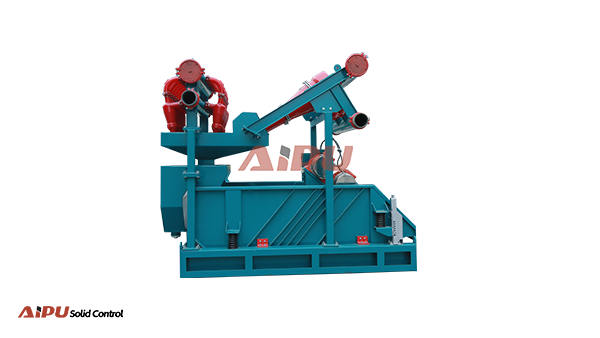Why Solids Control Systems are Indispensable
In the oil and gas drilling industry, the longevity of drilling equipment is a crucial factor that directly impacts operational efficiency and cost - effectiveness. The solids control system plays an indispensable role in this regard.
Function of Solids Control System
The solids control system is designed to remove unwanted solids from the drilling fluid, also known as mud. During the drilling process, various solid particles such as cuttings from the drilled formation are mixed into the mud. If these solids are not properly removed, they can cause significant problems. The system typically consists of several components, including shale shakers, desanders, desilters, and centrifuges. Shale shakers are the first line of defense, separating large cuttings from the mud. Desanders and desilters further remove smaller particles, while centrifuges can handle the finest solids.
Reduction of Abrasion
One of the most significant impacts of a well - functioning solids control system on drilling equipment longevity is the reduction of abrasion. When the drilling fluid contains a high concentration of solid particles, these particles act like abrasives. They can wear down the internal components of pumps, valves, and drill bits. For example, in a mud pump, the abrasive solids can erode the pistons, cylinders, and valves, leading to decreased pump efficiency and eventually requiring costly repairs or replacements. By effectively removing these solids, the solids control system minimizes the abrasive action on the equipment, thereby extending its service life.
Prevention of Corrosion
Solids in the drilling fluid can also contribute to corrosion. Some solid particles may react with the drilling fluid or the metal surfaces of the equipment, creating a corrosive environment. For instance, certain minerals in the cuttings can react with water in the mud to form acidic or alkaline substances. These substances can corrode the metal parts of the drilling equipment, such as the drill pipes and casing. A proper solids control system can prevent such corrosion by removing the reactive solids from the drilling fluid, protecting the equipment from the harmful effects of corrosion and ensuring its long - term durability.
Enhancement of Drilling Fluid Performance
The solids control system also enhances the performance of the drilling fluid. Clean drilling fluid has better lubricating properties, which is beneficial for the smooth operation of the drilling equipment. It can reduce the frictional forces between the drill string and the wellbore, preventing excessive heat generation and mechanical stress on the equipment. Moreover, a well - maintained drilling fluid with low solid content can improve the hydraulic efficiency of the drilling system, allowing the equipment to operate more effectively and reducing the risk of premature failure.
In conclusion, the solids control system has a profound impact on the longevity of drilling equipment. By reducing abrasion, preventing corrosion, and enhancing drilling fluid performance, it helps to ensure the reliable and long - term operation of the drilling equipment, ultimately saving costs and improving overall productivity in the drilling industry.

Function of Solids Control System
The solids control system is designed to remove unwanted solids from the drilling fluid, also known as mud. During the drilling process, various solid particles such as cuttings from the drilled formation are mixed into the mud. If these solids are not properly removed, they can cause significant problems. The system typically consists of several components, including shale shakers, desanders, desilters, and centrifuges. Shale shakers are the first line of defense, separating large cuttings from the mud. Desanders and desilters further remove smaller particles, while centrifuges can handle the finest solids.
Reduction of Abrasion
One of the most significant impacts of a well - functioning solids control system on drilling equipment longevity is the reduction of abrasion. When the drilling fluid contains a high concentration of solid particles, these particles act like abrasives. They can wear down the internal components of pumps, valves, and drill bits. For example, in a mud pump, the abrasive solids can erode the pistons, cylinders, and valves, leading to decreased pump efficiency and eventually requiring costly repairs or replacements. By effectively removing these solids, the solids control system minimizes the abrasive action on the equipment, thereby extending its service life.
Prevention of Corrosion
Solids in the drilling fluid can also contribute to corrosion. Some solid particles may react with the drilling fluid or the metal surfaces of the equipment, creating a corrosive environment. For instance, certain minerals in the cuttings can react with water in the mud to form acidic or alkaline substances. These substances can corrode the metal parts of the drilling equipment, such as the drill pipes and casing. A proper solids control system can prevent such corrosion by removing the reactive solids from the drilling fluid, protecting the equipment from the harmful effects of corrosion and ensuring its long - term durability.
Enhancement of Drilling Fluid Performance
The solids control system also enhances the performance of the drilling fluid. Clean drilling fluid has better lubricating properties, which is beneficial for the smooth operation of the drilling equipment. It can reduce the frictional forces between the drill string and the wellbore, preventing excessive heat generation and mechanical stress on the equipment. Moreover, a well - maintained drilling fluid with low solid content can improve the hydraulic efficiency of the drilling system, allowing the equipment to operate more effectively and reducing the risk of premature failure.
In conclusion, the solids control system has a profound impact on the longevity of drilling equipment. By reducing abrasion, preventing corrosion, and enhancing drilling fluid performance, it helps to ensure the reliable and long - term operation of the drilling equipment, ultimately saving costs and improving overall productivity in the drilling industry.

